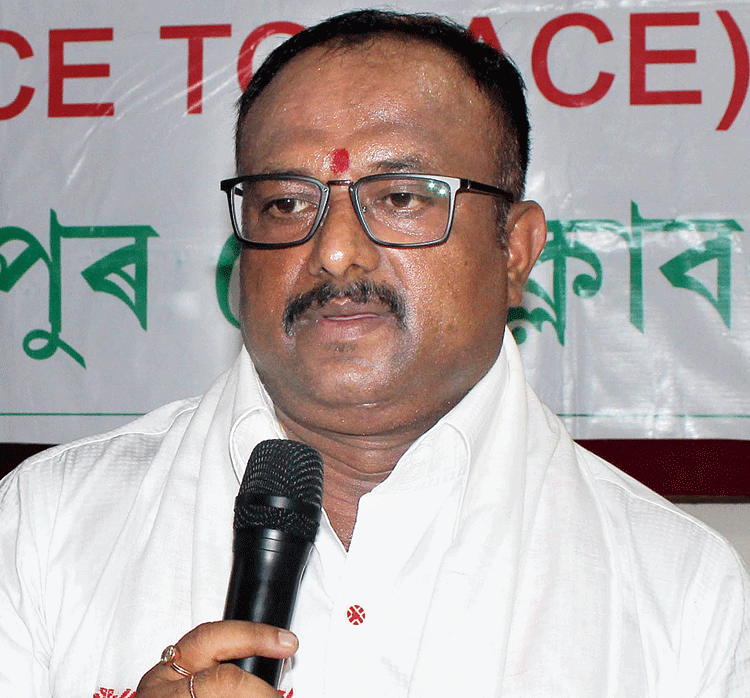The Assam Public Works (APW), an NGO, which was one of the main petitioners in the Supreme Court in the case which led to updating of the National Register of Citizens (NRC) in the state, has suggested a definition of “Assamese” before the high-powered committee for implementation of Clause 6 of the Assam Accord.
The committee, which is about to submit its final recommendations before the Centre, had invited individuals and groups to share their opinions and suggestions for implementation of Clause 6 to provide constitutional safeguards for the Assamese indigenous people of the state. The committee, headed by Justice (retd) B.K. Sharma, was also exploring the definition of greater “Assamese” community.
Clause 6 says constitutional, legislative and administrative safeguards, as may be appropriate, shall be provided to protect, preserve and promote the cultural, social, linguistic identity and heritage of the Assamese people. The word “indigenous” was added by the committee.
APW, in its suggestions submitted before the committee on December 18, tried to define “Assamese” on the basis of the book Asomiyar Sangya Bisari (In search of the definition of Assamese) written by state civil service official Naba Kumar Deka Baruah and published by the Asam Sahitya Sabha.
Referring to the book, APW president Aabhijeet Sharma said there is proof of at least 48 indigenous communities like the Sonowal Kachari, Tiwa, Bodo, Deori, Mising, Karbi, Koch-Rajbongshi, Ahom, Assamese Sikh and indigenous Muslims like Saiyad, Moria, Goria and Desi living in Assam prior to 1826, the year Assam was annexed to colonial rule with the Treaty of Yandabo.
“All the theories about the origin of the aboriginal communities who have been living in Assam prior to 1826 are not conclusive because other theories of their origin also coexist. History does not provide a clear picture of the origin of these tribes and communities. Hence, they should be treated as indigenous Assamese as defined by the Oxford dictionary,” he said.
The APW also suggested including those communities who and whose descendant(s) had registered their names in the NRC prior to January 26, 1950, as “Assamese”. It demanded that all illegal migrants between January 26, 1950 and March 25, 1971 (the cut-off date set by the Assam Accord of 1985 to detect foreigners) should be declared “detected foreigner” and their names should not be registered as a voter for 10 years after the date of detection.
“We requested the committee to have a clear-cut definition of Assamese and prepare a list of the tribes, castes and communities to whom special safeguards should be provided through Clause 6 and to clear all doubts,” Sharma said.
The APW also pressed for a single inner-line permit (ILP) for the entire Northeast with immediate effect. It also asked the committee to ensure that at least 90 per cent of seats for MPs, MLAs and in local bodies are reserved for persons and their descendants belonging to tribes and communities who were inhabitants of Assam prior to January 26, 1950.
“Similar reservations should be maintained for admission into educational institutions like medical and engineering as well as for jobs in government, semi-government and other sectors of employment. The remaining 10 per cent may be kept open for all,” the memorandum said. “At least 85 per cent of the vacancies in central government and its undertakings in Assam should be reserved for Assamese people while 15 per cent is kept open for all,” Sharma added.
The APW also stressed the need to introduce all indigenous tribal languages and dialects in educational curriculum as optional languages from classes VI to X in high school, according to the demographic pattern of an area and as a subject in colleges and universities.










